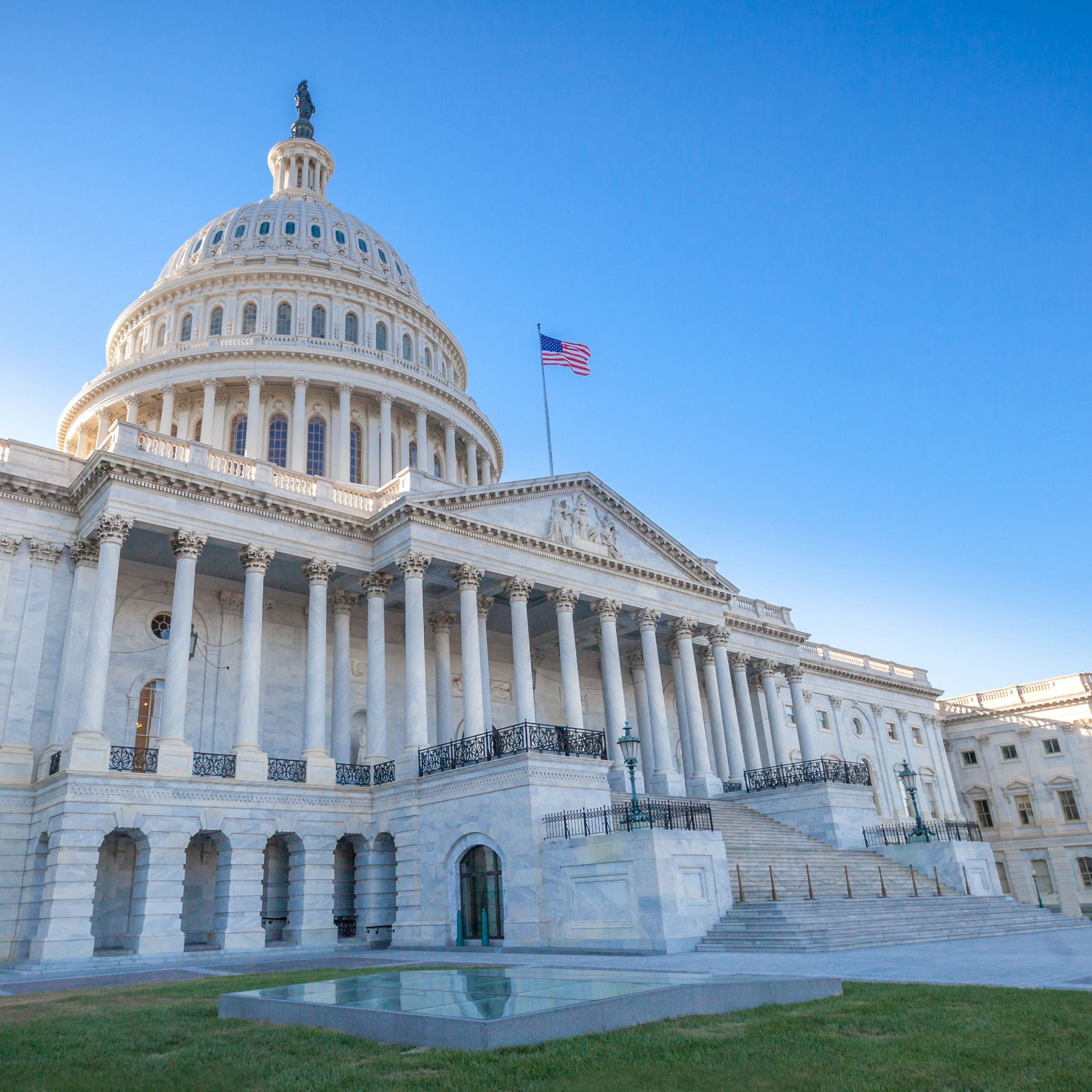Outdoor recreation is an economic colossus: its reach is massive, its wealth enormous, and its influence continues to grow as more boots hit the ground. You can see it in Joshua Tree’s crowded campgrounds or in Mount Tam’s trailhead parking lots; in the Appalachian Trail’s thru-hiking numbers or in REI’s record sales. Americans are heading outdoors in huge numbers and paying handsomely for the privilege. But how much, precisely? For years the industry’s contribution to the nation’s economy was as much guesswork as fact.
In 2005, the Outdoor Industry Foundation commissioned the first of the economic studies to measure the industry’s heft. The initial report returned impressive statistics, but it was the follow-up study six years later that stirred the giant from its slumber: the outdoor recreation economy, all $646 billion of it, was nearly as much as Americans paid for pharmaceuticals and motor vehicle sales and parts, combined. Most of the industry’s stakeholders happily accepted the number at face value, and few inquired about how the numbers were derived (primarily through surveys).
Now, thanks to the passage of a bipartisan bill that sailed through both the House and Senate last month, and was signed into law by President Obama on December 8, the outdoor industry is primed for a gargantuan reveal. , or REC Act, authorizes the Department of Commerce’s Bureau of Economic Analysis to assess outdoor recreation’s contribution to the nation’s gross domestic product, or GDP.
“It’s one of the most significant policy decisions in support of our industry in the last ten years,” says Amy Roberts, executive director of the Outdoor Industry Association (OIA).
Here’s why.
First, outdoor recreation’s worth will be appraised by the same economists who determine the country’s GDP. If anyone questioned the survey methods with which the $646 billion was derived, or took issue with the OIA commissioning and paying for its own economic study, those concerns should now be laid to rest. For one, the BEA has no horse in this race. As for its methodology? It’s the gold standard. “Having reliable information is going to inform better policy making on a lot of different fronts,” says Adam Cramer, executive director of the Outdoor Alliance.
Second, at the heart of the industry’s economic engine lie approximately 640 million acres of public land and many more at the state, county, and municipal levels: the field upon which the outdoor recreationists play. The new economic valuation should make it easier for a variety of interests, including land managers, policy makers, lobbyists, and investors, to determine the best and highest use of the land. “Nothing really can replace federal economists recognizing our economy as part of the GDP and that we actually have official statistics to point to,” says Roberts. “That will help us when we go in on lands management decisions in terms of the importance and benefits to the U.S. of preserving places to play.”
Third, and perhaps as significant as the GDP study itself, the legislation effectively brings the industry out of the shadows and calls attention to its significance as a job creator and revenue booster. What’s more, outdoor recreation seems one of the few issues members of both parties can get behind. (The bill was co-authored and introduced this year by senator Cory Gardner, a Colorado Republican, and senator Jeanne Shaheen, a New Hampshire Democrat.) “There are probably 20 bills that we’re tracking,” says Jessica Wahl, OIA’s government affairs manager, “but this was the number one issue we wanted passed.” It’s a big moment for an industry that’s not recognized as an industry at all by the North American Industry Classification System.
“It’s long overdue,” says Bob Ratcliffe, the National Park Service’s recreation chief. “We’ve never really understood how the outdoor recreation economy works. When you start talking about communities and states that have a high degree of outdoor recreation in their economy, it’s important to understand it just as you would energy or trade or tariffs.”
Americans are heading outdoors in huge numbers and paying handsomely for the privilege. But its precise economic contribution has been more guesswork than fact.
As Ratcliffe explains it, the project will move ahead in two distinct phases. First, a team of about 20 economists from the BEA will be aided by a team of outside experts: land managers, outdoor industry experts, and consultants, who will take up to two years to model the outdoor recreation economy through an iterative examination of outdoor recreation’s imprint throughout the hundreds of industries and thousands of commodities the BEA tracks. Here’s the thing: the nation’s GDP already includes the outdoor recreation economy, so the model synthesizes the outdoor recreation account by assembling the far-flung bits of its DNA from throughout the nation’s economy, by industry, and assemble employment and compensation statistics. The process is anything but easy. Take backpacks. If they’re used outdoors to carry recreational gear, then they’re in. If they’re used to carry books, they’re out. Same thing with climbing shoes: if they’re used outdoors, they’re in; in a climbing gym only, they’re out. It’s not just retail sales, either. The BEA will track the development, manufacture, and marketing impact as well. At the end of Phase I, the team has what they call a prototype, which they float publicly for peer review.
In the second phase, which can take an additional two years, the team will massage the model to break out state-level statistics and to create employment detail as granular as, say, the myriad categories of jobs and compensation for outdoor recreation-related activities. With this second level of refinement, the BEA can even backcast and forecast to demonstrate trends. If the overall contribution to the nation’s GDP serves as a door opener, it’s this kind of fine-grained, geographic data that decision makers will find the most useful. These numbers should be published by 2020.
Sound like a grind? Not to an economist. The BEA will map the outdoor economy to a satellite account, a kind of virtual ledger used to group related economic activities across the U.S. economy under one umbrella. “Satellite accounts are exciting for staff to work on because it’s a little bit of a testing ground and allows people to get outside what they would be doing on day-to-day production,” says David Wasshausen, chief economist of the BEA’s National Income and Wealth Division.
It’s anybody’s guess where the number will come in, but bigger is obviously better. Prior to the establishment of its own satellite account, the National Endowment for the Arts’s own estimate of art and culture's contribution to GDP was about $500 billion. The Bureau of Economic Analysis’s value: $700 billion.
What’s the downside if the BEA’s number falls short of the $646 billion the industry’s been using for nearly five years?
“Well, then it’s a number that’s less than that,” says Ratcliffe. “What happens if it’s more than that? What if it’s half a percent* of the nation’s economy and what if it’s 10 percent? Somewhere between the two is probably somewhere closer to the truth, but I can’t see how it couldn’t be a significant number.”
To Don Beyer, the Democratic congressman from Virginia (and Appalachian Trail hiker) who introduced the REC Act to the House of Representatives last March, context, regionality, and timing are just as important as the sector’s contribution to GDP. “When we have the numbers and the statistics, it will be much easier to sit with Ryan Zinke from Montana or Liz Cheney from Wyoming and say, ‘Look at the incredible contribution to your Wyoming/Montana economy from outdoor recreation. Let’s not jeopardize that by ramping up how much fossil fuel extraction is going on here.’”
And that may be the biggest boon of the REC Act to the industry members and enthusiasts: valid and reliable economic data can serve as a kind of lingua franca to facilitate dialogue and bridge differences between competing interests. Adam Cramer cites the extractive industry’s extensive datasets detailing the economic value of commodities like minerals, timber, and hydropower. “I’m pretty excited to see how it’s going to even the playing field when everybody’s talking about different land uses using a common currency, so to speak,” he says.
Beyer is similarly optimistic. “I don’t want to pretend this is the silver bullet but I think it’s a great step forward in defining the ever-increasing importance of outdoor recreation on our economy,” he says. “The GDP created, the number of jobs created, the number of people who benefit from it, and to continue to expand the horizon and imagination of our policy makers at every level so they see how important it is to continue to develop outdoor recreation opportunities for all of us. Ever more places to climb, ever more places to raft. There’s an explosion of trails around the country. I’m not going to live long enough to hike them all.”


